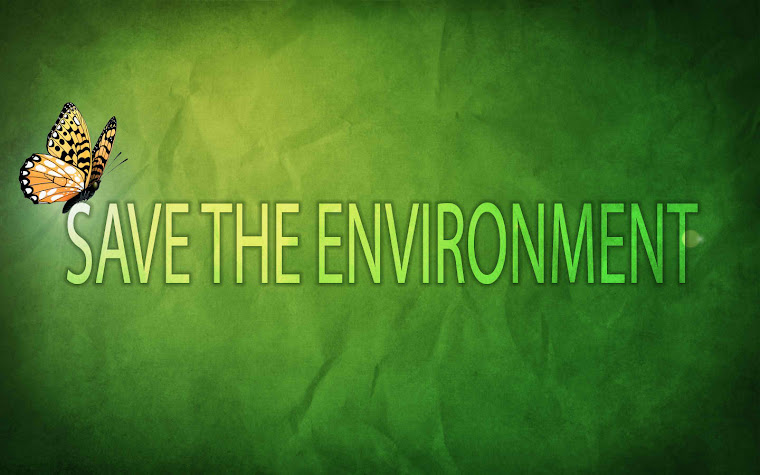“A well-written Life is
almost as rare as a well-spent one” said
by Thomas Carlyle, a Scottish historian and essayist. It is true, that
we cannot live a perfect life but we can have a good and peaceful life. Sometimes,
we’re in the top of the world but most of the times, we’re struggling in the
bottom, doing what we can do best. Well, it’s hard not to commit mistakes but
sometimes, having error is good for some reasons. When you’ve had a mistake, you
tend to learn from it and not to do it again. This, will lead us in having a
better and peaceful life.
Max
Ehrmann had the best inspiration to write this poem. It shows us on how to live
a healthy and beautiful life. Through this, I learned how to act maturely in different situations, to live well
and simple and to smile through hardships and problems. If everyone in the
society would understand and do the real meaning of this poem, then everyone
can live a normal and happy life. To my fellow youth, this is a guide for us in
dealing with the real problems of our lives. Moreover, an inspiration it would
be for those people who are not doing well in their lives, those who are
strayed, alone and callous.
I want to know more about what made
Ehrmann to write this beautiful poem and how we reacted that this was not named
after him in almost two centuries. It is also interesting to know how this poem
changes each person who would read it since it covers many good attributes of a
good man.
I would like to research on if Ehrmann
had other poems like this and to know his story. This came to my interest. I appreciate the fact that this poem is
written for everybody, for those arrogant, selfish, quitters, harsh, unkind, untruthful
and weak. Admit or not, you have one of these characteristics. We have our own
flaws but we can correct these flaws if we want to. Remember, a perfect life is
not all about happiness but on how we stand up through falls of our lives.
Everyday,
I can apply my learning and insights in working and socializing with other
people, in attaining my dreams and in inspiring others like how Desiderata
inspired me.









